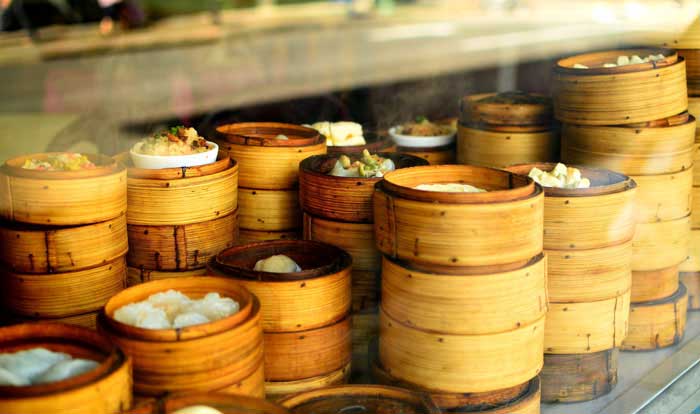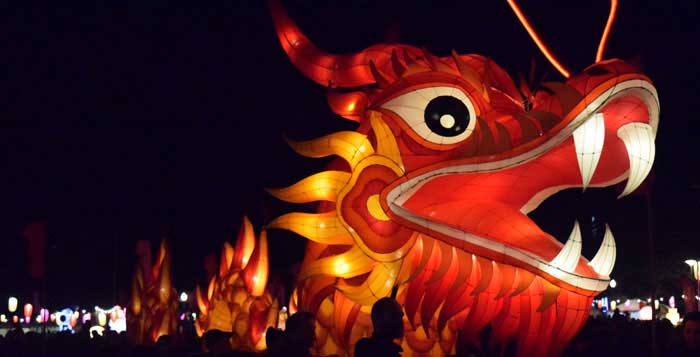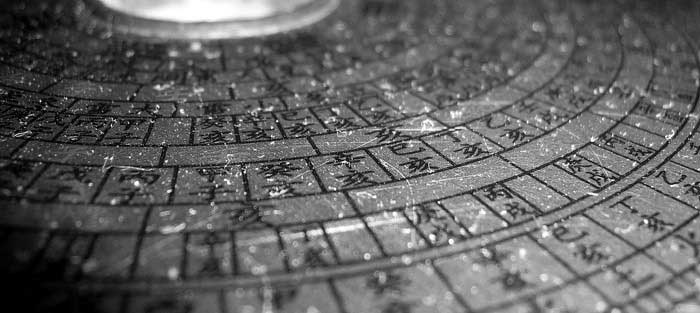From dim sum to shark fin soup, dishes in Hong Kong suit every palate. You are equally likely to find the most delectable food either at a high-end restaurant or at a street stall.
Hong Kong's most popular food is, naturally, Cantonese, consisting of fast cooking at very high temperatures with abundant tiny chopped vegetables and, of course, seafood.
The well-known dim sum snack is a steamed dough dumpling looking snack filled with meat or vegetables. The best delicacy, however, is shark's fin soup, which also happens to be one of the most expensive meals.
From local foods to world cuisine, there are an overwhelming eateries in the buzzing area of Hong Island. If you are looking for Hong Kong style food, Faj Seafood Hotpot is the place to eat at. Like its name indicates, the place also serves hot pots and, naturally, Chinese food. Its signature dishes include steamed crabs and hot and spicy Szechuan Broth. The beef is also recommended here. If you prefer to have a European meal at a luxurious environment, opt for Amber, a French restaurant in Central.
Although the former industrial neighborhood of Kowloon is renown for its international cuisine, it specializes in Asian foods such as Indian and Cantonese. Most of Kowloon's eateries are welcoming, economical and family-run. If you are looking to try an authentic curry, head to Bombay Dreams which seres southern and northern Indian dishes. If you'd rather try a local dish, the floating restaurant of Jumbo Kingdom serves delectable Cantonese dishes, particularly seafood such as shark fin and lobster soup. You can find them on Open rice .
While Kowloon boasts international dishes, the restaurants in the islands of the New Territories tend to stick to local cuisine, making them an ideal place to eat the local and traditional delicacies that are often served in lovely wooden shacks. Head to Tai Wing Wah for real traditional recipes, including dim sum and steamed shredded taro with pork.
Lantau Island - one of Hong Kong's largest islands - offers a variety of attractions, ranging from grand vistas, amusement parks to quiet beaches and historic villages. Although the island is not able to compete with mega-metropolis Hong Kong when it comes to good, Lantau offers quite a few good dining venues that suit most people's budget. From the cheap eateries to the more high-end restaurants at Discovery Bay, there's a good range to choose from. Although the island does not offer as many options as the mainland does, visitors can enjoy countless types of cuisine, ranging from Cantonese to other regional Chinese dishes to Italian, Turkish, Mediterranean, South African and English. For a casual bite such as sushi and tempura, Kiraku Tei is the place to go. Wash down the scrumptious bites with Japanese sake and beer. Hang out at the Stoep which is right on the beach for Mediterranean food. Indulge yourself in mixed grills and ostrich steak with great views and a family friendly atmosphere.
If you want to dine in style, head to Victoria Harbour, spectacularly lit up at night by the Symphony of Light Show. Known for its upmarket hotels and restaurants that are inside of them, the area is a great place to dine with amazing views over the natural harbor. The Peninsular Hotel does a fantastic afternoon tea in the Lobby in a colonial style with quaint sandwiches and charming cakes.




